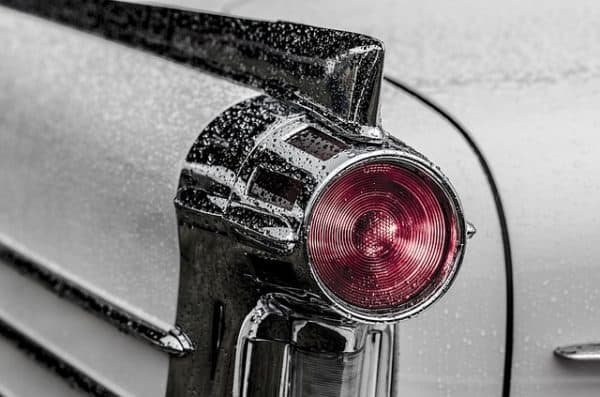
The environment in which specialty vehicles are used is truly unique, and as such, requires a combination of durable, high-quality, cost-effective materials that can thrive in many different environments. This classification of vehicles includes emergency vehicles, such as fire trucks and ambulances. It also includes converted vehicles such as food trucks, and trailers or RVs.
All of these different vehicles require specialty plastic materials to do their job safely and efficiently. In this article, we’ll discuss what different materials these vehicles use, why they use them, and how these ever-adapting technologies are better than their competition.
Aluminum Composite Material
ACM, or aluminum composite material, is created bonding two thin layers of aluminum on either side of a polyethylene core. This composite is useful to specialty vehicles because of its lightweight, durable construct. AluPOLY, in addition to Dibond and Alucobond, is used for its durability. AluPOLY comes in 2mm, 3mm, and 6mm gauges in a variety of colors.
This material is often used as a substitute for steel, and it can be made to resemble wood or marble with various different metallic or non-metallic finishes. ACM can be used for signage on a food truck, or furniture and cabinets in an RV. ACM can also be used for storage, doors, drawers, and interior walls in a fire truck or ambulance due to its strength and easy-to-clean surface.
HDPE (High Density Polyethylene)
HDPE is a plastic material which is known for its high impact strength, strong chemical and corrosion resistance, and low moisture absorption. This material can be made into a wide variety of different colors, sizes, and thicknesses.
HDPE’s ability to provide a safe, sanitary workspace for food handling, packaging, and preparation makes it an excellent product for food trucks. It is the material that is used in cutting boards, and it can be made to custom-fit any food truck surface. In addition, the FDA/USDA compliant material won’t dull knives like other surfaces.
Corrugated Polypropylene
This material is tougher than corrugated fiberboard, lightweight, and chemical and water resistant. As a result, it is one of the best materials for a wide range of automotive applications like wall panels, partitions, and auto interior components. It is also a great product for headliners in trailers as it is both strong and lightweight.
Vinyl Material
When you want to create durable, versatile, moisture and fire resistant point-of-purchase displays, vehicle wraps, or wall coverings, nothing beats vinyl. Vinyl’s easy application makes it great for use on food trucks, as adhesive backed vinyl (ABV) uses a pressure sensitive adhesive. Perforated vinyl allows a design to be seen out of a window while still allowing outward vision from inside the vehicle. As ABV comes in a variety of colors, casts, and adhesives, it can be adapted for use on many different specialty vehicles.
 Gearfuse Technology, Science, Culture & More
Gearfuse Technology, Science, Culture & More


